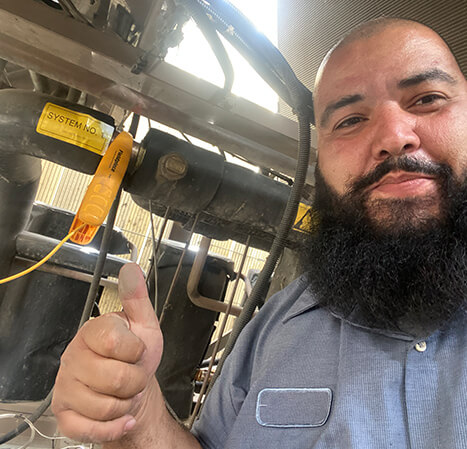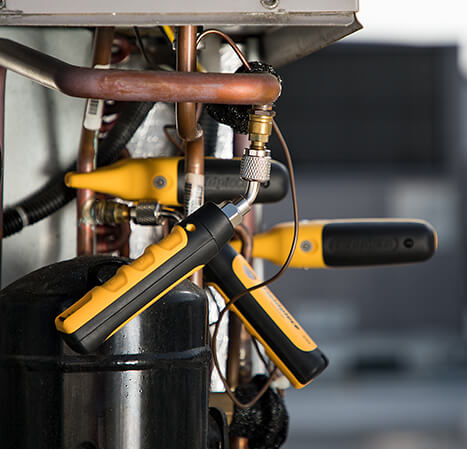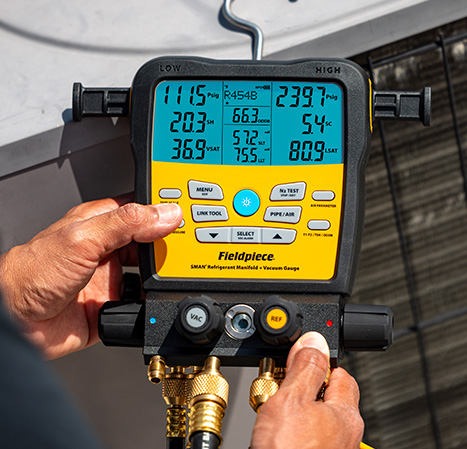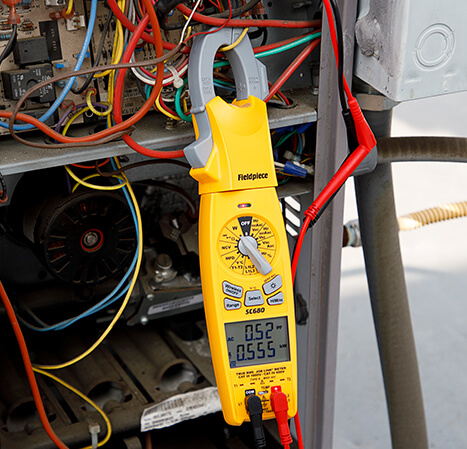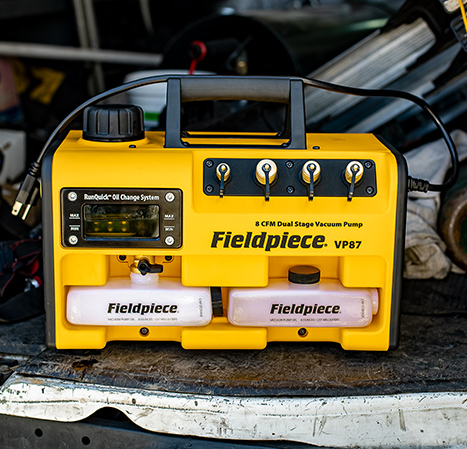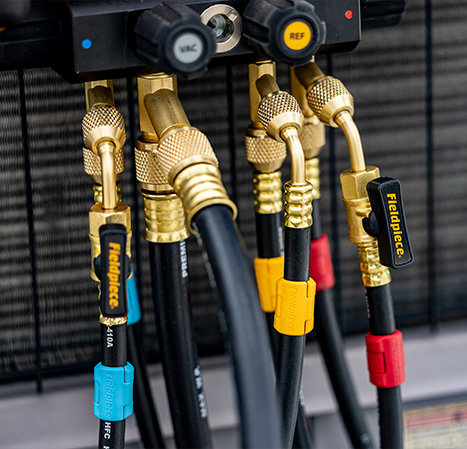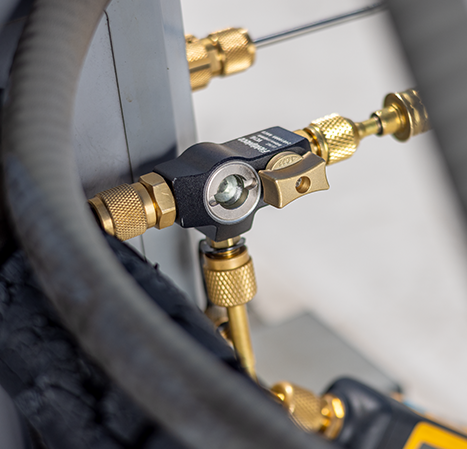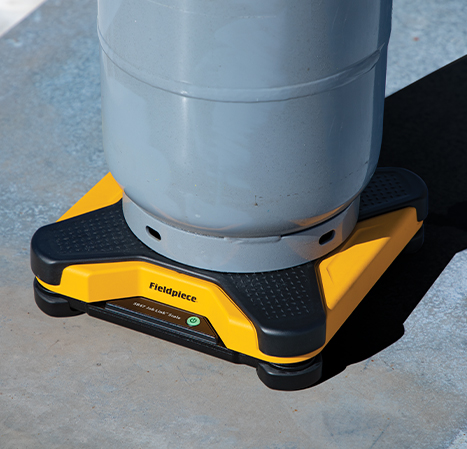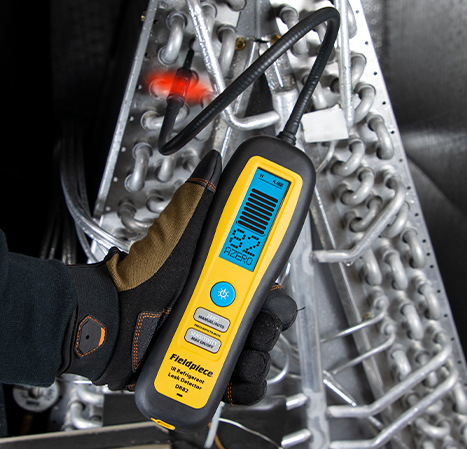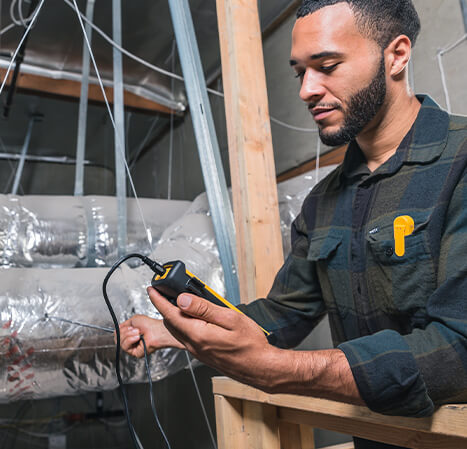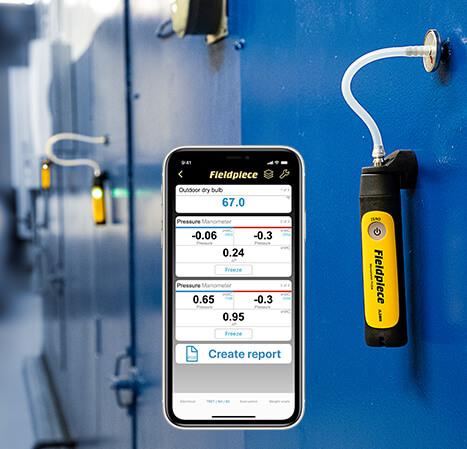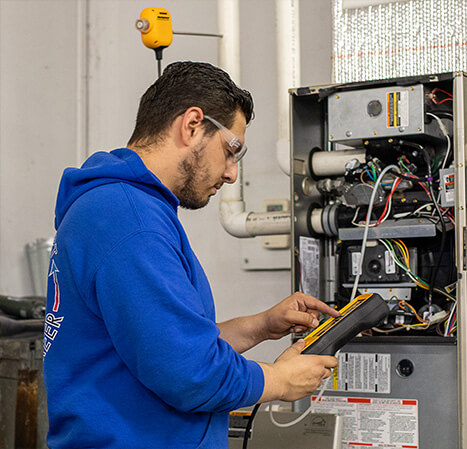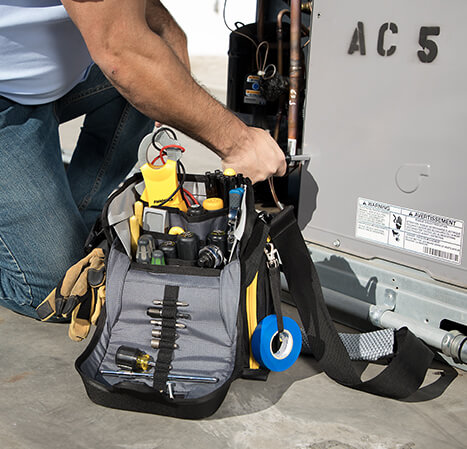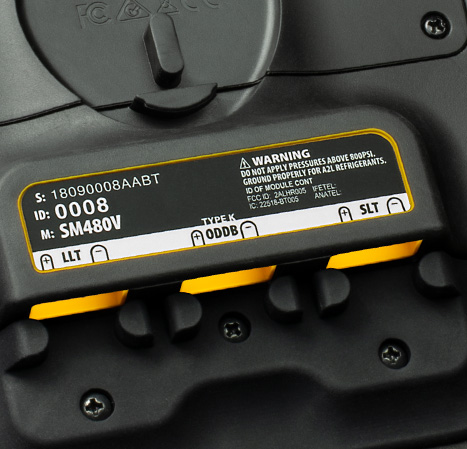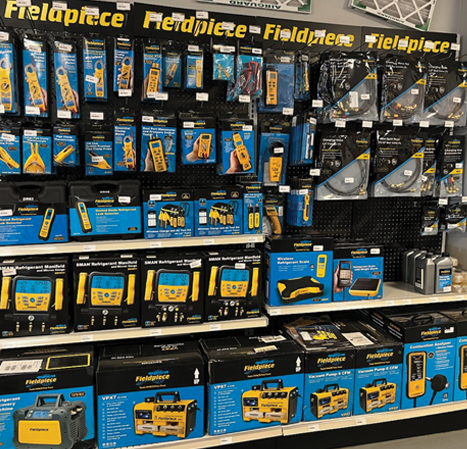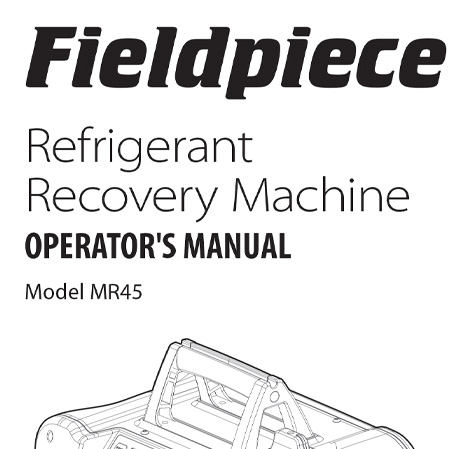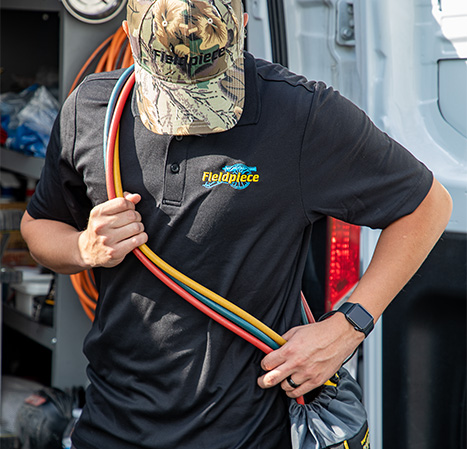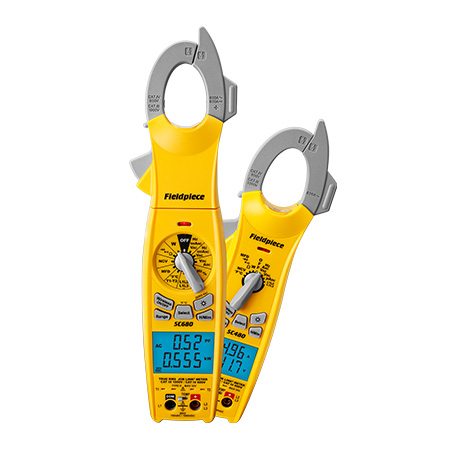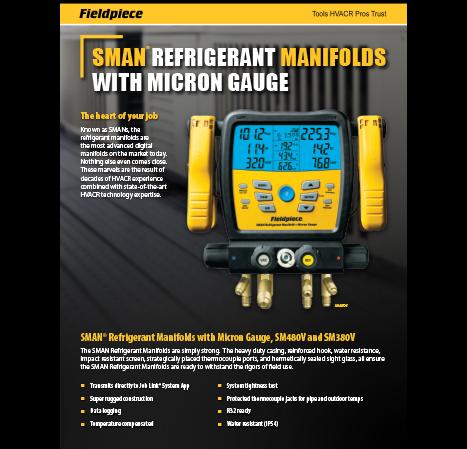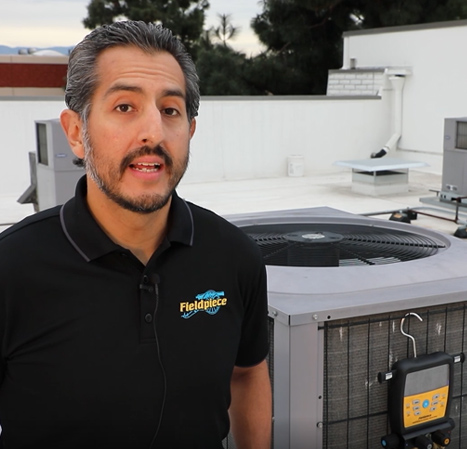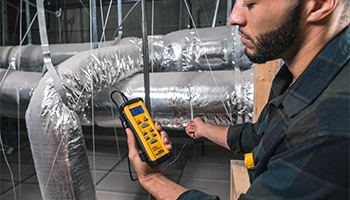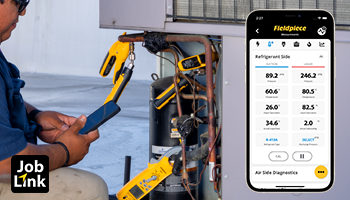FIELDPIECE INSTRUMENTS NAMED AMONG BEST PLACES TO WORK IN SOUTHERN CALIFORNIA FOR SECOND CONSECUTIVE YEAR
ORANGE, CALIF. (October 1, 2024) – Fieldpiece Instruments, the leading manufacturer of HVACR tools professionals trust, is proud to announce its inclusion in the 2024 Best Places to Work SoCal list published by Best Companies Group (BCG). The recognition emphasizes Fieldpiece’s commitment to fostering a positive and engaging work environment.
Fieldpiece Instruments continues to innovate in the HVACR industry, providing industry-leading tools and technology designed to make the jobs of HVACR professionals easier, faster and better. The organization boasts a collaborative team that is always looking to deliver game-changing products and solutions, along with the best customer experience. The company’s dedication to excellence and employee satisfaction remains a cornerstone of its success and is reflected in this achievement.
Best Companies Group, renowned for its expertise in workplace culture assessment, conducted a detailed and anonymous survey among employees to identify the top employers in Southern California. The survey evaluated various aspects such as corporate culture, training and development, salary, benefits and overall employee satisfaction. Based on the analysis of these responses, Fieldpiece Instruments emerged as a standout company, earning a prestigious spot on the list. Unique programs that keep the team engaged include free on-site music lessons, team-building activities, and an always stocked kitchen.
Mariah Robbins, chief human resources officer at Fieldpiece Instruments, expressed gratitude for the recognition, stating, “At Fieldpiece, we are dedicated to creating an environment where our employees feel valued, motivated and empowered. While the recognition is bestowed in Southern California, we are proud of building and sustaining a common culture for our entire tribe, including remote team members and across all workplaces in Utah, Georgia, the United Kingdom and the Netherlands.”
Jaime Raul Zepeda, executive vice president of Best Companies Group, praised the outstanding quality of the selected companies. He stated, “Every winner on this list has crafted an exceptional work environment that attracts, retains and motivates top talent. The 2024 Best Places to Work SoCal list features companies that have shown unwavering commitment to their employees’ satisfaction and growth.”
“Our team thrives on exploring and conceiving new ideas – working with HVACR pros on the job, uncovering new technologies and developing products and solutions that elevate the day-to-day work of techs in the field,” added chief executive officer, Cameron Rouns. “This award reaffirms our belief that a supportive and stimulating work environment leads to better products, better service, and ultimately, better outcomes for our customers.”
For more information about Fieldpiece Instruments and current job openings, please visit https://www.fieldpiece.com/careers/.
ABOUT FIELDPIECE: Fieldpiece Instruments is an innovative technology company focused on helping industry professionals do their jobs easier, faster and better. It delivers on this promise through industry-leading devices and a broad range of professional-grade tools and technology inspired by real-world application and field use. Fieldpiece is focused on serving the HVACR industry exclusively, enabling HVACR professionals to become masters of the trade. Discover more at www.fieldpiece.com, and follow Fieldpiece on Facebook, Instagram, YouTube and LinkedIn.
###
 English
English French
French Spanish
Spanish

